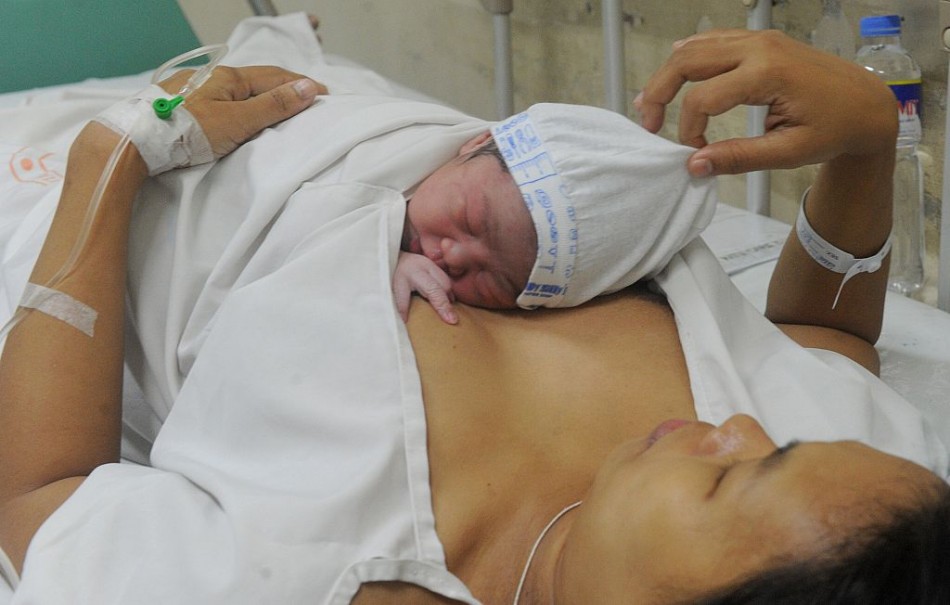The Golden Hour: Nuancing the Immediate Skin Contact After Birth

What is the so-called "golden hour" after giving birth? The term has grown popular over the years as more and more evidence supports the importance of breastfeeding. One way to promote this is to recommend that moms and babies be together moments after birth.
Previous birthing practice meant that babies were directly taken away by doctors or nurses for cleaning, examination, weighing, etc. However, as more hospitals promote breastfeeding and less medicalized births, the so-called "golden hour" is deemed a crucial contact point. Is it always feasible? Although this first contact is recommended by the Centers for Disease Control and Prevention and other major medical groups to ensure a breastfeeding-friendly atmosphere, this may not always be possible, especially for mothers and babies who need medical attention, moms who underwent C-sections, or those women who are just extremely exhausted.
Read Also: Unvaccinated Father Loses Custody Over Three Kids After Repeatedly Refusing COVID-19 Vaccination
Benefits of First Contact
The Academy of Pediatrics and the World Health Organization are just some groups that endorse immediate skin-to-skin contact. According to the former, skin-to-skin contact help reduce pain for both moms and babies thanks to the release of oxytocin.
In addition, it helps regulate blood sugar levels and decreases the chances of colic. Immediate contact between mother and child also helps lessen the risk of postpartum hemorrhage, which is the leading cause of birth complications and maternal deaths in the United States.
Immediate skin-to-skin contact is also beneficial to vulnerable babies as it helps regulate a newborn's heart rate and breathing and improves their ability to gain weight. Skin-to-skin contact helps create an environment for breastfeeding.
Medical institutions across the country have been promoting breastfeeding, and one of the ways to encourage it is by making sure that moms and babies are together immediately after birth.
Not so Golden?
According to a 2016 Cochrane review, there is no clear evidence to prove that skin-to-skin contact immediately during the first hour after birth is different from after the baby is washed and examined. A review of medical literature about said "golden hour" has also not yielded outcomes to prove the claim that it was more beneficial than contact after washing and examinations.
Managing Expectations
Even though first contact is rooted in scientific evidence, it may hurt a mother's and child's health if moms and healthcare practitioners do not achieve such expectations. For example, some mothers cannot have immediate skin contact due to a C-section. Some struggle with various postpartum concerns such as breastfeeding difficulty, physical pain, or even not feeling the immediate bond with their babies. Both parents and medical practitioners must remember that there is no hard and fast rule in practices like immediate skin contact. These are fluid and have to be adaptable.
Postpartum can be a challenging time for mothers, and that is why when people over glorify the "golden hour" and immediate skin-to-skin contact, and it does not happen, it may cause despair, resentment, and even shame. To not exacerbate the mental issues of mothers postpartum, people should slowly accept that the golden hour is quite nuanced after all.
Related Article: Preemie Twins Born at 22 Weeks Defy Doctor's Bleak Prognosis That They Will Not Survive
© 2024 ParentHerald.com All rights reserved. Do not reproduce without permission.



